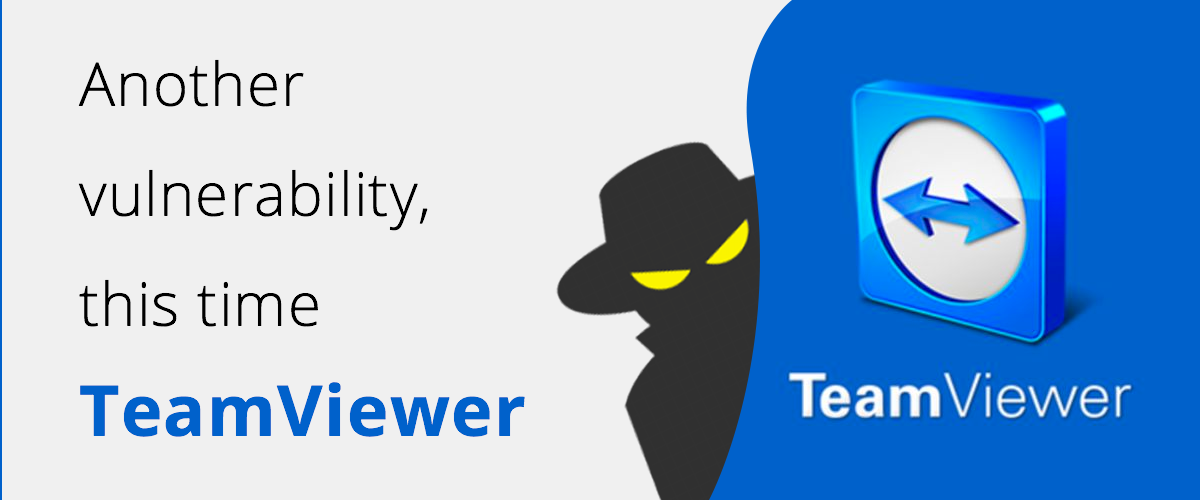New TeamViewer Exploit Uncovered What You Need to Know Now

New TeamViewer Exploit Uncovered What You Need to Know Now

Recent Exploits:
- Cybercriminals have used TeamViewer to deploy LockBit ransomware by exploiting weak security configurations and using credential stuffing techniques.
- Attackers placed a DOS batch file (PP.bat) on the victim’s desktop, which executed the ransomware payload through a rundll32.exe command (BleepingComputer, Hackread, Turn Key Solutions).
- Two endpoints were compromised, suggesting a common attacker. While one attack was contained, the other was thwarted by antivirus software (Turn Key Solutions).
Historical Context:
- Similar breaches involving TeamViewer occurred in March 2016, with unauthorized access attributed to poor password practices rather than software vulnerabilities (BleepingComputer, Turn Key Solutions).
- TeamViewer has a history of being targeted by cybercriminals due to its widespread use and functionality as a remote access tool (Hackread, The Atlas News).
Advanced Persistent Threats:
- Reports indicate that APT-29, a known Russian cyber-threat group, has exploited TeamViewer for cyber-espionage purposes (The Atlas News).
Company Response:
TeamViewer emphasizes the importance of strong security practices, including:
- Using complex passwords
- Enabling two-factor authentication
- Keeping software up-to-date
- Following published best practices for secure unattended access (BleepingComputer, Hackread, Turn Key Solutions)
The company asserts that most unauthorized access cases result from weakened security settings rather than inherent software vulnerabilities (Turn Key Solutions).
Recommendations for Users
Strengthen Security Settings:
- Use strong, unique passwords.
- Enable two-factor authentication.
- Regularly update TeamViewer software.
- Implement allow-lists to control access.
- Follow TeamViewer’s best practices for secure unattended access (BleepingComputer, Turn Key Solutions).
Monitor for Suspicious Activity:
- Review logs for unusual remote desktop traffic.
- Be vigilant about potential unauthorized access attempts (The Atlas News, Turn Key Solutions).
The recent exploits of TeamViewer underscore the ongoing risks associated with remote access tools. By adopting robust security measures and staying informed about potential threats, users can better protect themselves from ransomware attacks and unauthorized access.
By staying vigilant and proactive, organizations can mitigate the risks associated with remote access software and enhance their overall cybersecurity posture.
